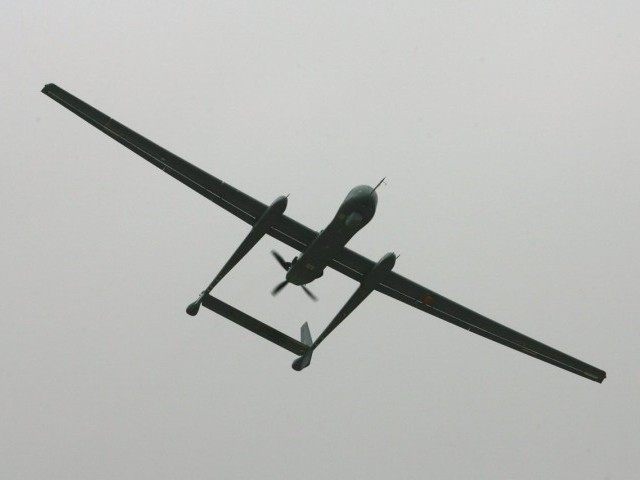In response to a Freedom of Information Act Request, the Pentagon has released a report from March 2015 that describes surveillance drone flights over the United States. The report says fewer than 20 such flights were made between 2006 and 2015, all of them for “non-military” missions, although the exact details of those missions were not revealed.
USA Today quotes the report describing these drone flights as safe, rare, and lawful. The military is said to take the legal and privacy issues involved “very seriously.” However, the military wants more drone flights over the U.S. in the future – both because the drones are very useful, and because the end of overseas military operations make it difficult for drone operators to log practice time without flying missions over American soil.
The Pentagon has previously made public the details of nine surveillance drone flights, which were conducted “largely to assist with search and rescue, floods, fires or National Guard exercises,” according to USA Today.
Motherboard elaborates on the known drone missions, saying they “include two search and rescue missions in California aided by MQ-9 Predator drones in 2015; an MQ-1 Predator drone observing the California wildfire in 2013; National Guard training exercises in Ohio and North Dakota utilizing the hand-launched RQ-11 Raven and high-flying RQ-4 Global Hawk; and two instances where the popular DJI Phantom consumer quadcopter was used to track flooding in South Carolina and the Mississippi River Valley.”
One curious example of a denied request for drone surveillance mentioned in the Pentagon report was the mayor of an unnamed city asking the Marine Corps to use one of their drones to find potholes in city roads. (The Marines said the mission did not make “operational sense,” but that actually sounds like a good opportunity to give drone pilots practice time over an urban environment. Also, everyone hates potholes, so such a mission could be used to build greater public support for domestic drone use.)
It is further noted that several other federal agencies have used drones, including the FBI, in what former FBI Director Robert Mueller described in 2013 as a “very, very minimal way, very seldom.” Motherboard adds that the Department of Homeland Security has used drones for border patrols, and local police forces have expressed interest in using commercially available drone technology, beginning later this year.
Privacy advocates have been bracing themselves for a surge in domestic drone flights for the past few years. In 2012, the Federal Aviation Administration predicted there could be 30,000 drones in America’s skies by 2020.
USA Today quotes ACLU policy analyst Jay Stanley suggesting that “sometimes, new technology changes so rapidly that existing law no longer fits what people think is appropriate,” and reminding the government that Americans find domestic drone use to be “a very, very sensitive topic.”
The Hill notes that new Defense Department policy, formulated around the time the drone report was prepared last year, “requires the Defense secretary to approve all domestic spy drone operations,” and “bans the use of armed drones over the U.S. for anything other than training and testing.”

COMMENTS
Please let us know if you're having issues with commenting.